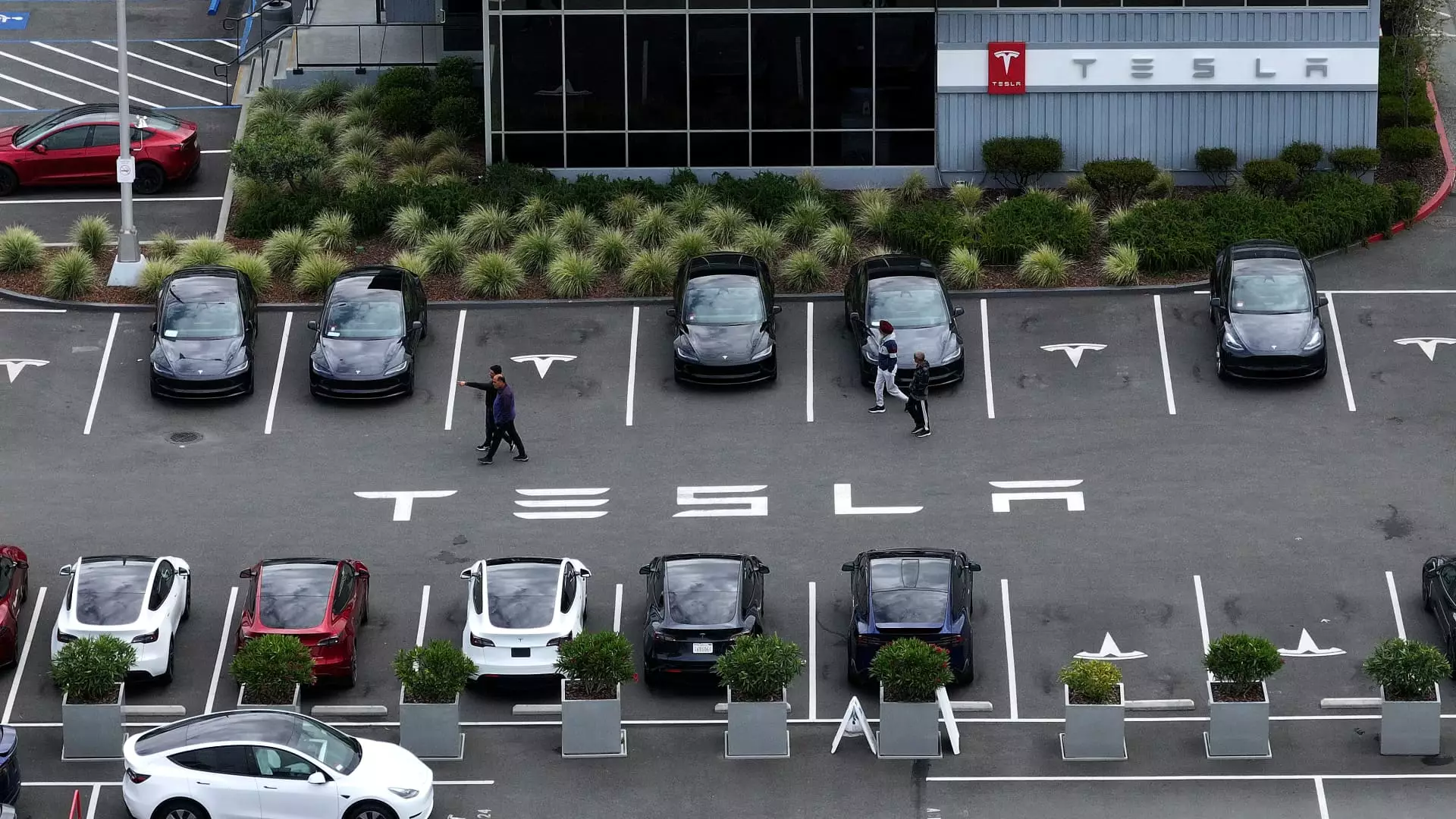Tesla has recently announced a significant round of layoffs, affecting approximately 600 employees at its manufacturing facilities and engineering offices in California. These job cuts come as a part of the company’s larger restructuring efforts, which have been ongoing since at least January. The latest round of layoffs targeted a wide range of positions, from entry-level roles to director-level positions, across various departments within the company.
Rationale Behind the Layoffs
The decision to reduce its workforce comes in response to a combination of factors, including weakening demand for Tesla electric vehicles and increasing competition within the electric-vehicle market. CEO Elon Musk has previously stated that the company has built up a significant level of inefficiency over the past several years, prompting the need for these workforce reductions. The impact of these job cuts is particularly significant given Tesla’s already sizeable global workforce, which totaled 140,473 employees at the end of 2023.
The layoffs at Tesla have affected a wide range of roles and departments, with cuts being made in areas such as factory operations, software development, and robotics engineering. The company has also eliminated key positions, such as an environmental health and safety director and a user experience design director, in its Fremont manufacturing plant. In Palo Alto, where Tesla’s engineering headquarters are located, a significant number of technical roles have also been eliminated.
Impact on Tesla’s Business
The recent job cuts at Tesla coincide with a period of reduced demand for the company’s vehicles, including its older models and the Model 3 sedan. Tesla’s deliveries have experienced a decline in the first quarter, leading to a year-over-year revenue decrease not seen since 2012. Additionally, Tesla faces increasing competition in key markets such as China, where rivals like Xiaomi and Nio have launched new EV models at competitive prices, putting pressure on Tesla’s sales.
Future Outlook for Tesla
Despite the challenges posed by the recent layoffs and the evolving market dynamics, Tesla remains focused on its long-term goals, including the development of self-driving software, a robotaxi service, and a humanoid robot. CEO Elon Musk has been vocal about the company’s potential in these areas, aiming to shift investor focus from vehicle sales to broader technological advancements. However, Tesla’s progress in these areas has faced scrutiny, particularly regarding the readiness of its self-driving software.
The recent job cuts at Tesla have not gone unnoticed, with former employees highlighting the impact on critical areas such as app design and development, as well as the Supercharger network. While Tesla has indicated plans to optimize its charging infrastructure to meet growing customer demands, the decision to reduce its Supercharger team has raised questions about the company’s strategic direction and its ability to sustain market leadership.
Tesla’s recent layoffs reflect the company’s ongoing efforts to streamline operations and adapt to changing market conditions. While these workforce reductions may have immediate repercussions on employee morale and company performance, Tesla remains committed to its long-term vision of innovation and sustainability in the electric-vehicle industry. As the company navigates through these challenging times, its ability to execute on key initiatives and maintain competitive advantage will be crucial in shaping its future success.


Leave a Reply